The paper birch tree (Betula papyrifera) is a fast-growing but short-lived tree that often develops multiple trunks as the plant matures. The most distinctive characteristic of this deciduous tree is the peeling bark, which contrasts sharply against the green leaves that turn bright yellow in fall. The peeling white bark blends well with winter’s snowy surroundings. Historically, this was the birch tree used by Native Americans to construct birch-bark canoes—hence the alternative common name, ‘canoe birch.’ Description from The Spruce
Home > Plant Guide >
Scientific Name
Family
Garden Type
Wildlife
Native Plant Region
Light needs
Water Needs
Plant Type
Bloom Color(s)
Height
Width
Months in Bloom
Safe Beneath Power Lines?
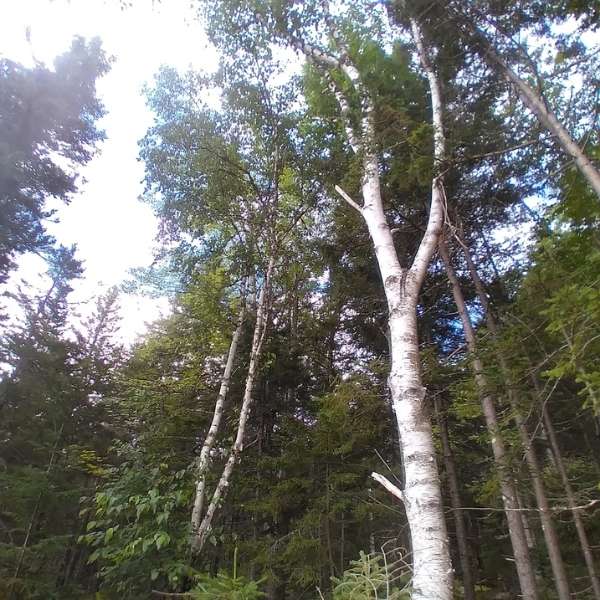
We’d like to maintain accurate and robust plant listings. If you see information that is not correct or that could be added to improve the listing, please let us know. Or if you’d like to suggest a plant to add to our plant guide, you can use this form do so. Thank you!
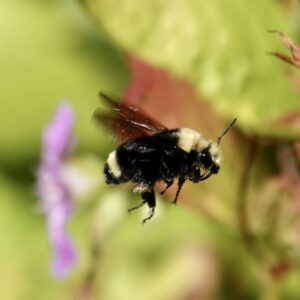
Look closer…and meet the local insects that pollinate the plants around your Seattle neighborhoods. Learn about some of our amazing native pollinating insects.
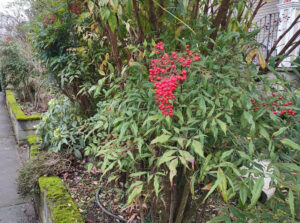
Some introduced plant species can diminish biodiversity. Other plants produce poisons that can harm wildlife. Learn what plants to avoid when figuring out what to plant or remove in your outdoor space.
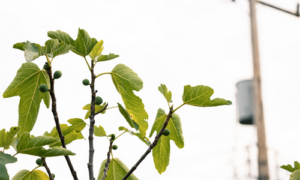
Learn about the diversity in pigeon populations in the United States and the implications of this variability on the species.
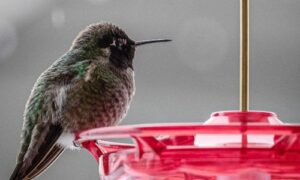
The urban environment presents dangers to wildlife that they are not always adapted to overcome. Reducing urban hazards is an essential part of enhancing habitat in cities. After all, we do not want to lure wildlife into our neighborhoods only to have them fatally collide with our windows.
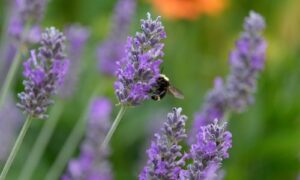
Check out our list of local wildlife-supporting plant stores and nurseries, organizations, and community science opportunities.

Start a garden in a planting strip along the street. Explore our interactive corridor map, find what to grow, and start nurturing today.
Nature of Your Neighborhood is a collaboration between Birds Connect Seattle, the Capitol Hill EcoDistrict, and the Seattle Bird Conservation Partnership. Our goal is to foster relationships between the people and the nature of their neighborhoods.